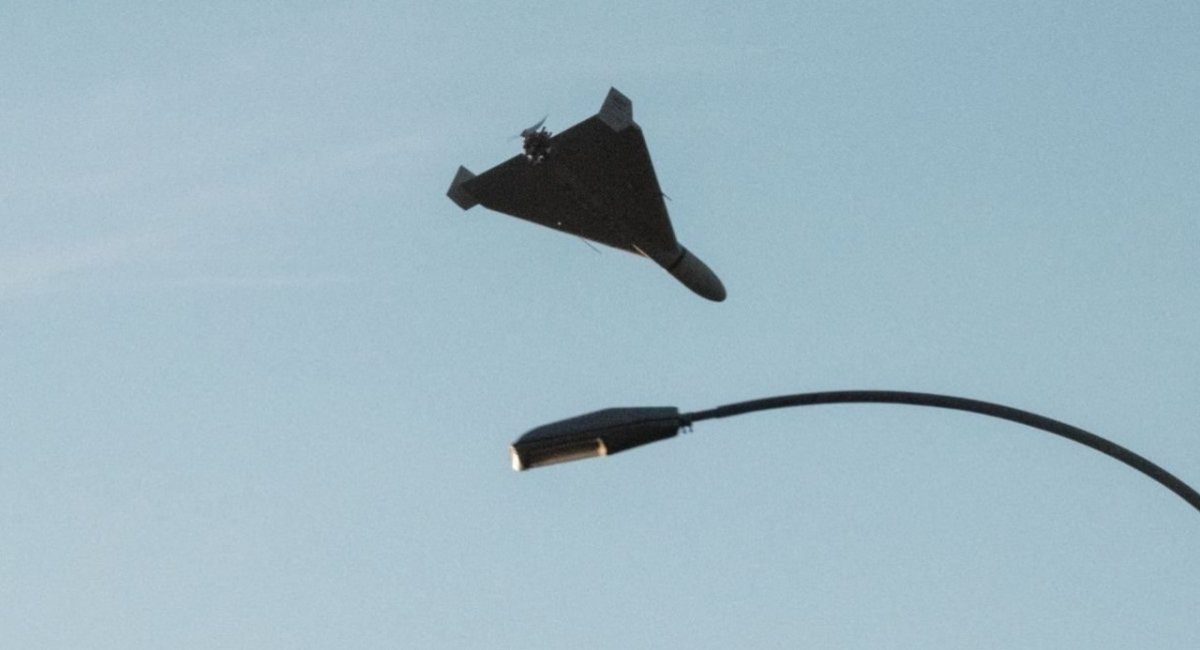
ISW: Ukrainian EW tech increasingly grounds Shahed drones, complicating Russian airstrikes
The Institute for the Study of War (ISW) says Ukraine’s upgraded electronic warfare (EW) capabilities are significantly disrupting Russia’s drone strikes, which have intensified with a larger number of Shahed and decoy drones.
According to Chernyk and a recent ISW assessment from October, Russia has made strides in increasing the number of Shahed drones it produces domestically while continuing to rely on Iranian or Chinese imports for other drone components. As a result, the scale of Russian drone attacks has expanded, with multiple waves targeting Ukraine. The strategy behind this surge is to saturate Ukraine’s defenses and make it harder for air defense and mobile fire units to target individual threats.
However, Ukrainian forces have adapted.
“Ukraine appears to be responding to this influx of Shahed drones in kind, however. The number of Shahed or decoy drones that are reportedly [locationally] “lost” (do not reach their intended targets) due to Ukrainian electronic warfare (EW) interference increased significantly over the course of October and November 2024,” ISW wrote.
For example, on 2 October 2024, Russia launched 105 Shahed-type drones, 78 of which were shot down, and 23 were “lost” allegedly due to Ukrainian electronic interference. This loss rate is even higher in December 2024: out of 110 drones launched between 1-2 December, 50 were lost due to EW disruptions, while 52 were destroyed by air defense, ISW says.
Chernyk noted that Ukrainian EW tactics are increasingly successful at either grounding drones or causing them to veer off course, often redirecting them into Russian or Belarusian airspace.
The growing effectiveness of Ukraine’s EW capabilities is putting additional strain on Russia’s already burdened air defense systems, further complicating the joint Russian-Belarusian air defense network.
According to Belarusian monitoring group Hajun Project, 38 Russian Shahed drones entered Belarusian airspace on 24 and 25 November, a new record, signaling Russia’s struggles with UAV misdirection.
“Belarus scrambled jets to respond to the airspace violation – suggesting that Belarus was unprepared to receive errant Russian drones and that Russia had not anticipated the impacts of Ukrainian interference or communicated them to Belarus in advance,” ISW wrote.
Related:














